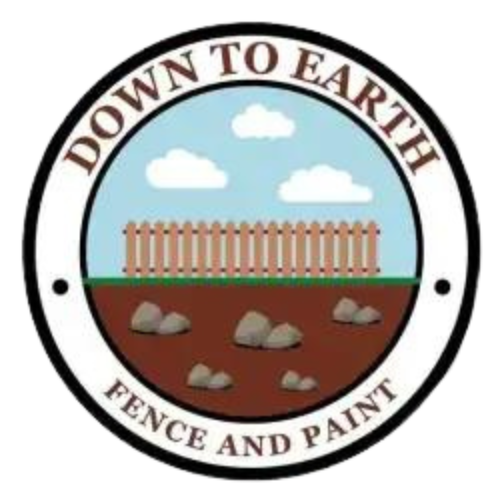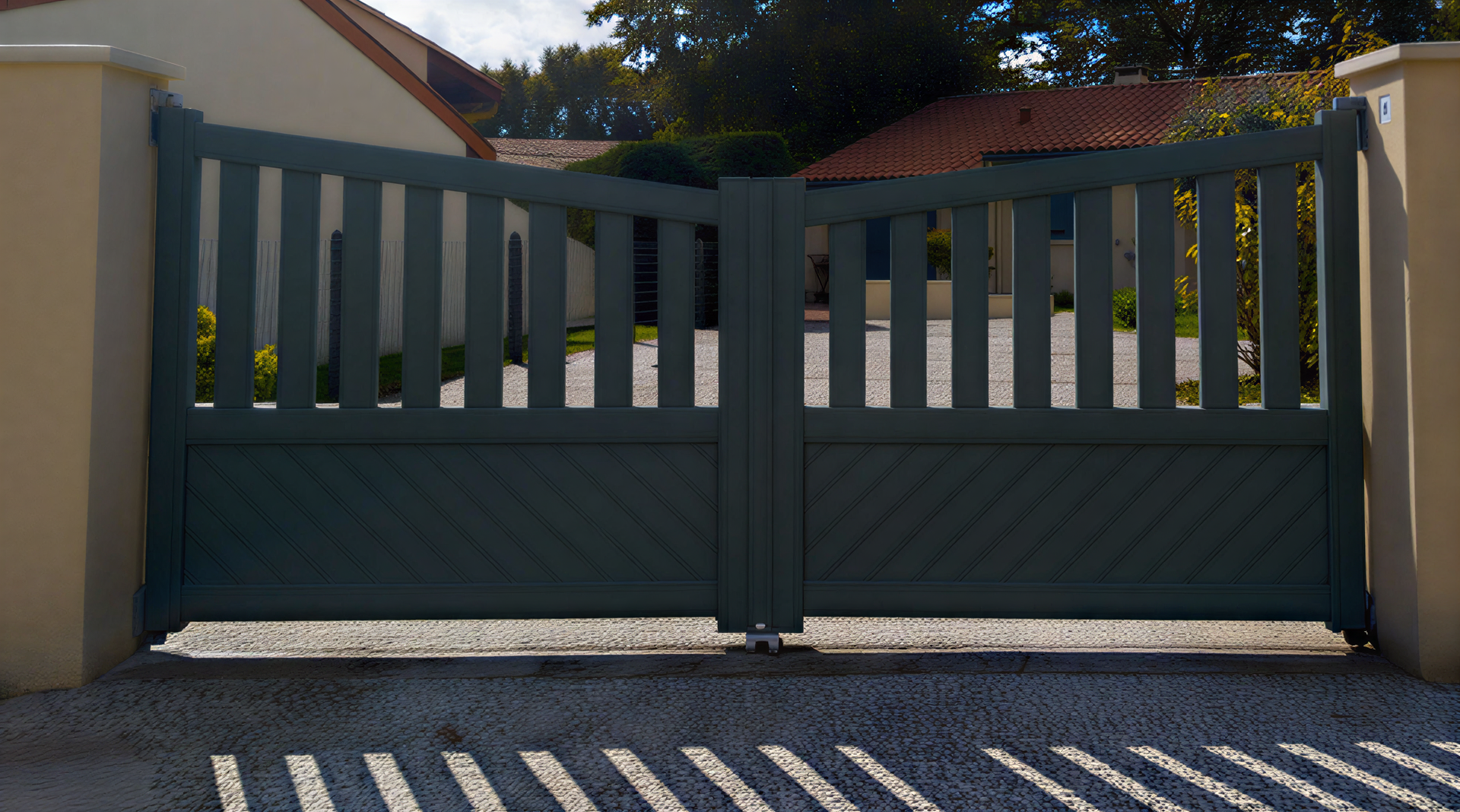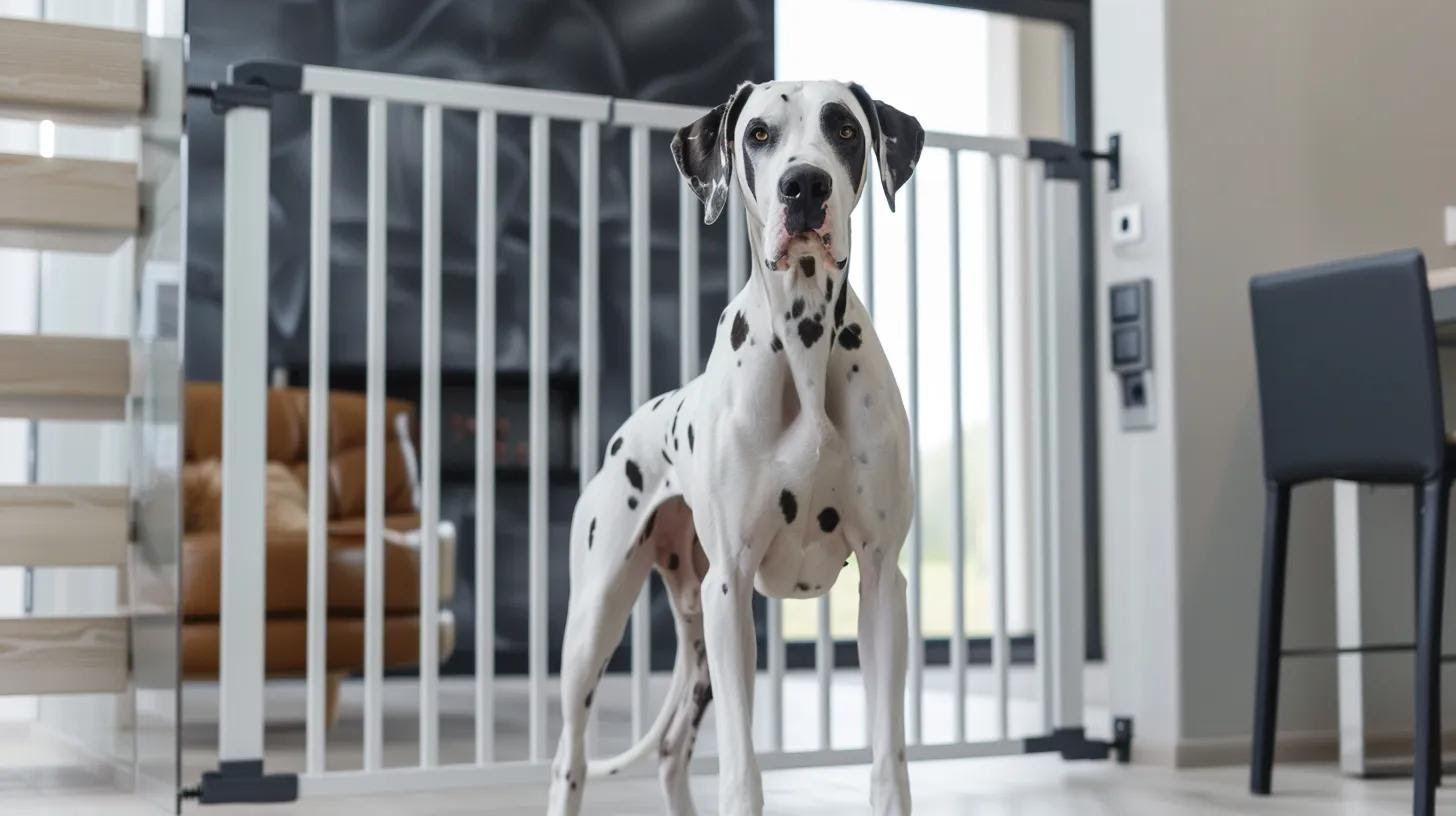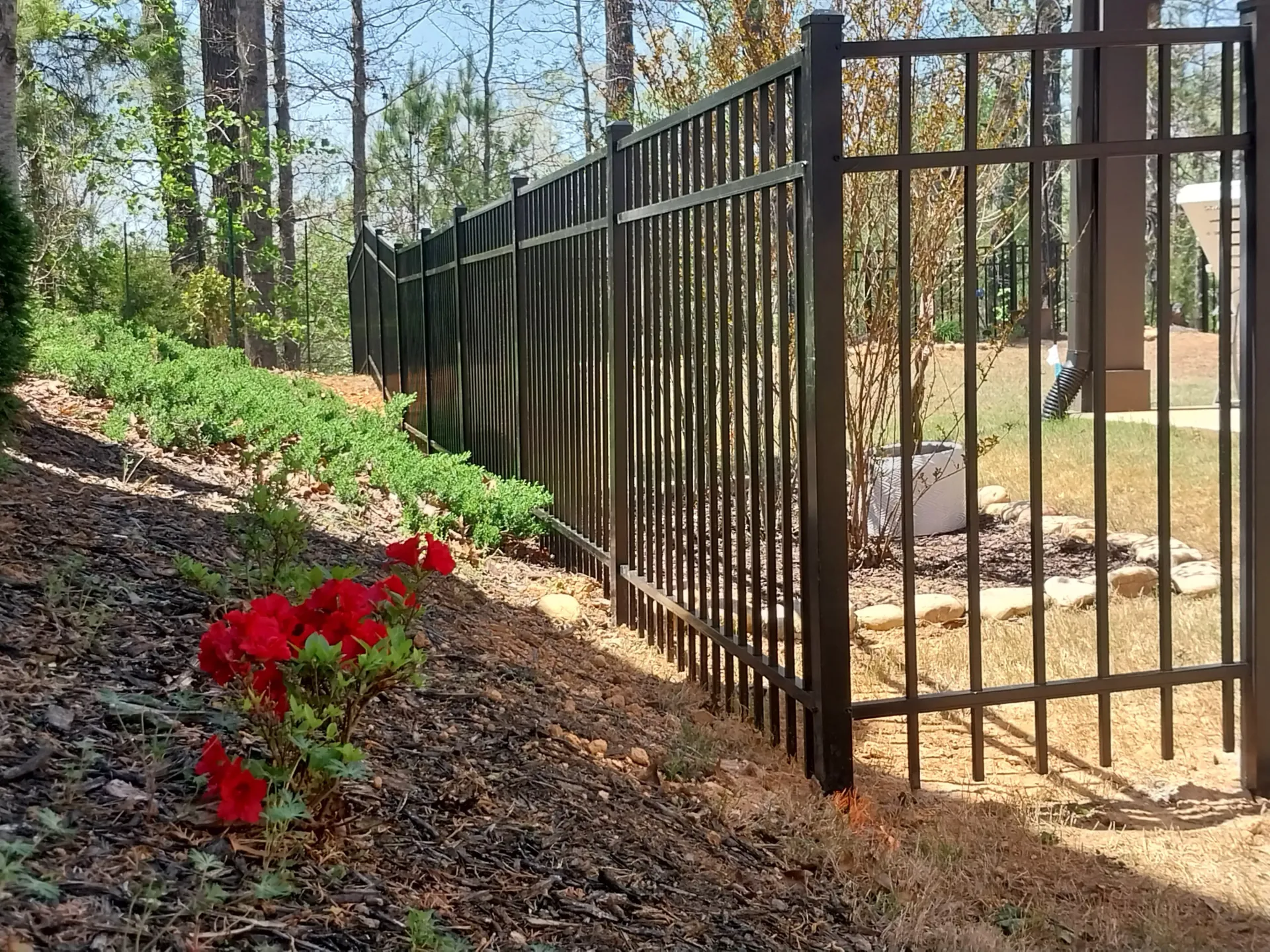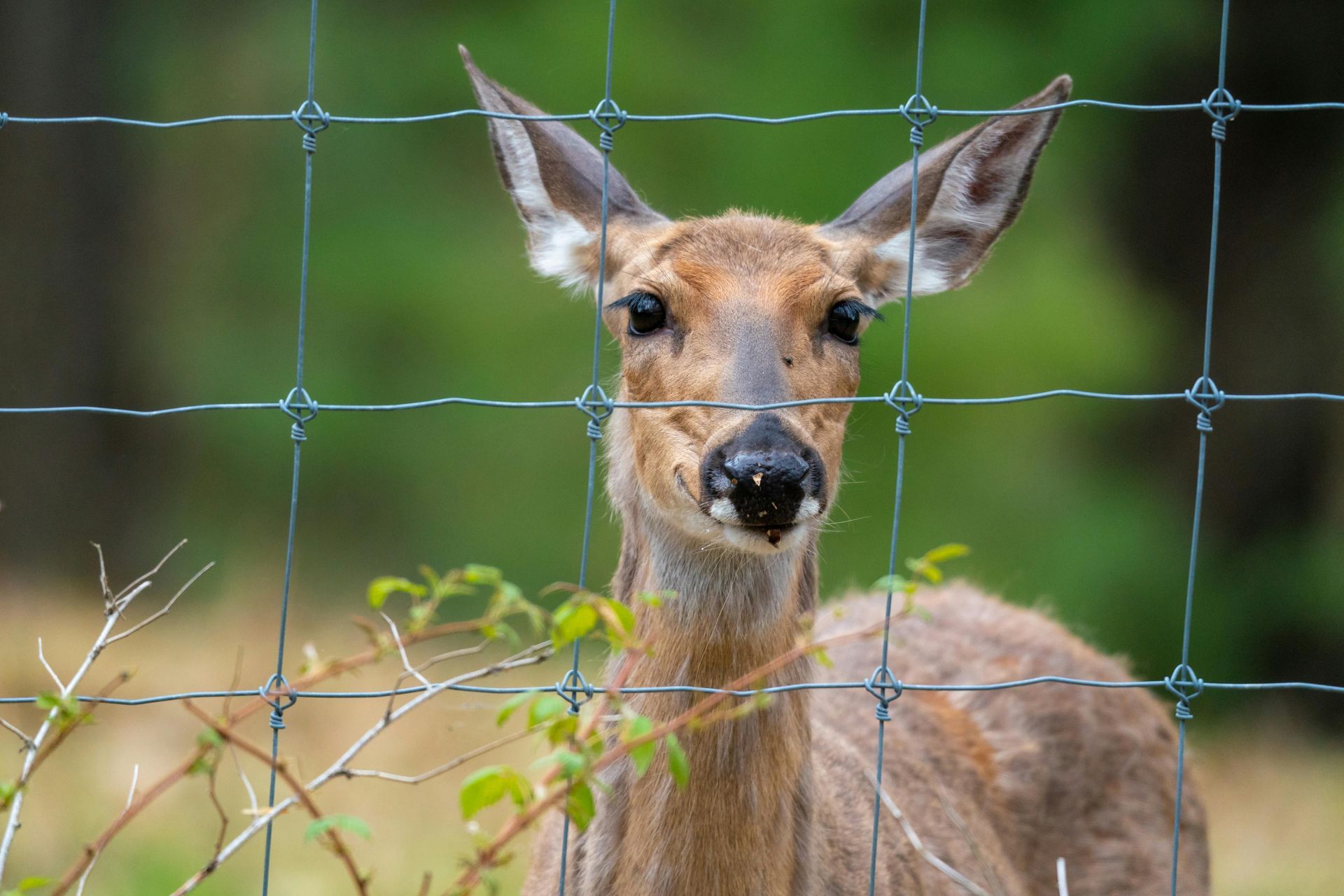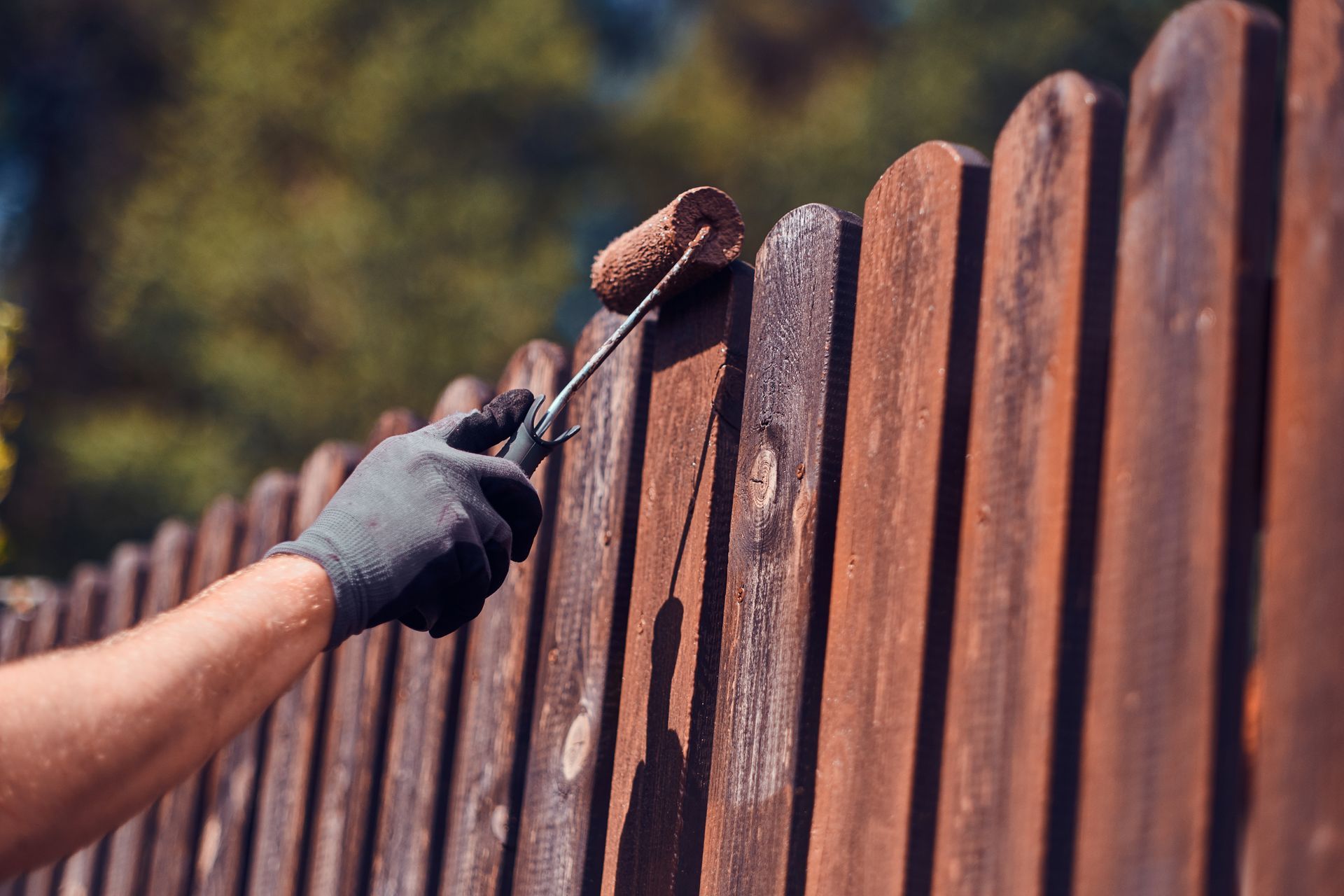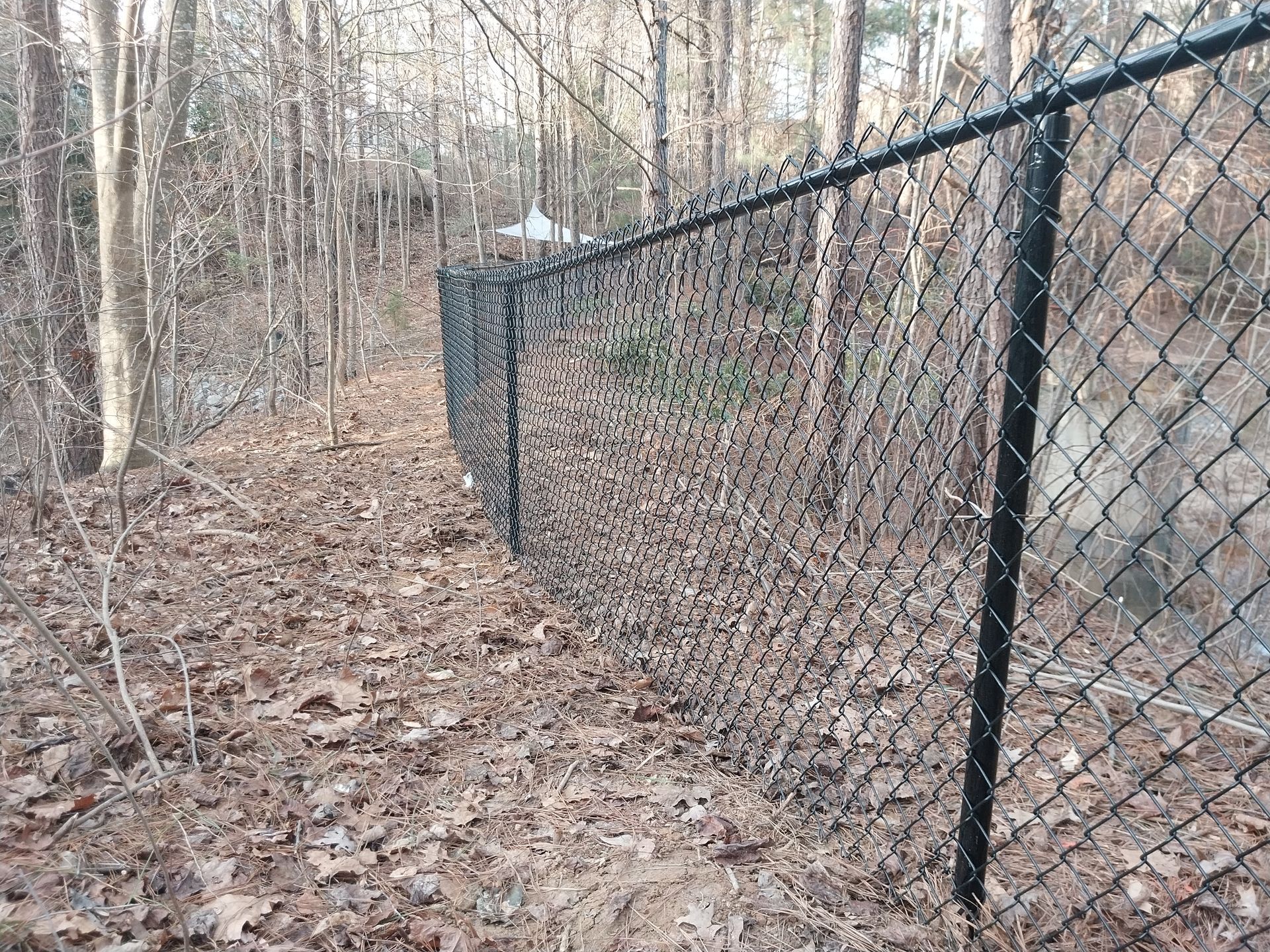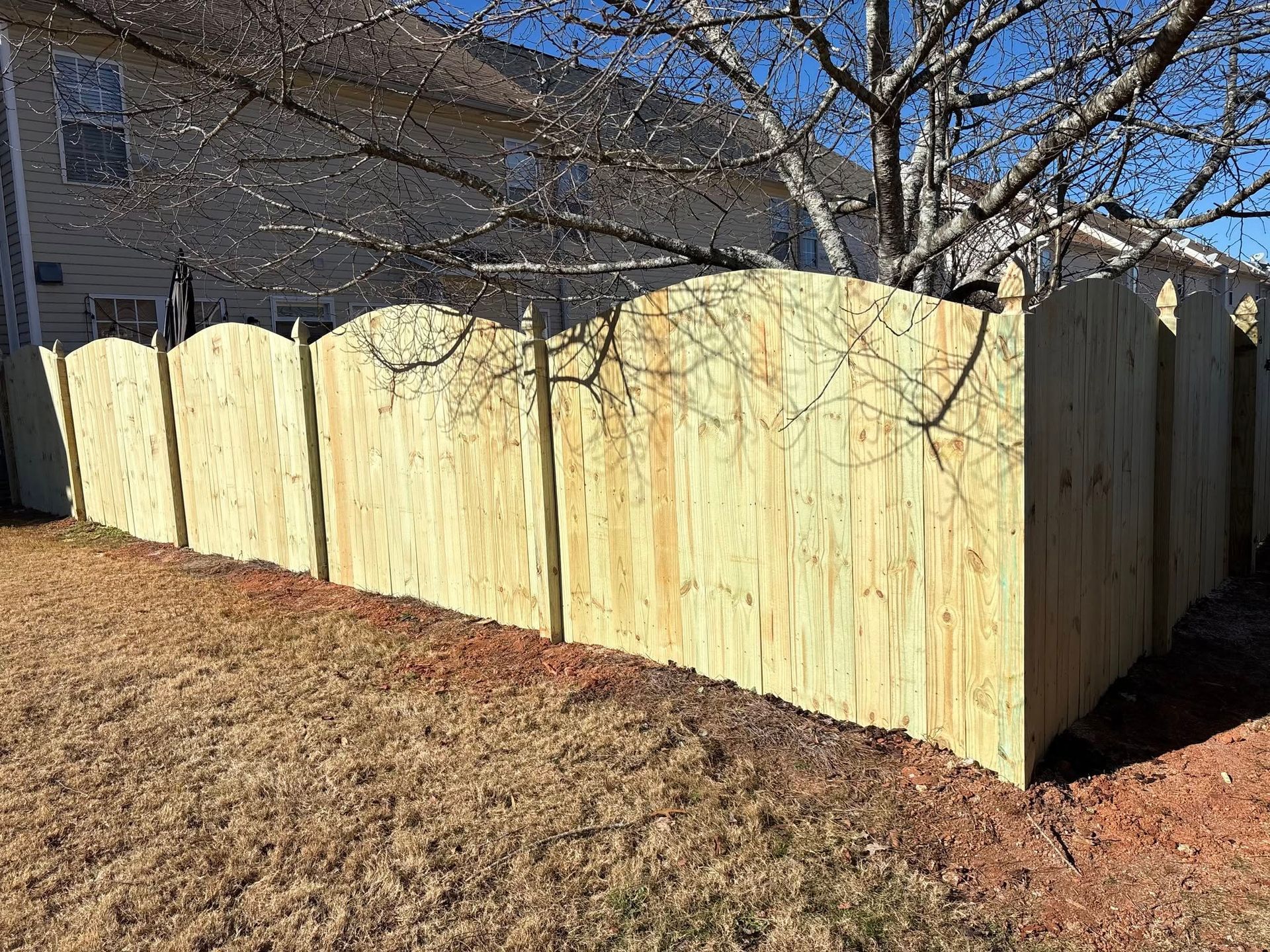Why Cumming Homeowners Are Turning to Deer Fence Installation This Summer
You don’t need to live next to a forest to have deer problems.
In Cumming, Georgia, the quiet charm of country-style living comes with its quirks. One of them? White-tailed deer that treat your garden like a buffet. This summer, more homeowners than ever are saying "enough" and choosing deer fence installation to take back their yards.
You might think fences are only for pets or privacy, but in Georgia, they’re becoming a surprising tool for stopping a much sneakier invader: deer.
This post will show you why your neighbors are putting up deer fences, how they work, and what you should think about if you're considering one, too.
The Deer Problem Is Growing in Georgia
Deer aren't just a minor inconvenience. In Georgia, they're now one of the most common backyard pests. According to the Georgia Department of Natural Resources, the state's white-tailed deer population exceeds 1.2 million. And suburban growth has pushed deer into neighborhoods where they never used to roam.
They jump fences. They eat everything. They even learn your habits.
Think about it: You spend weeks planting tomatoes, herbs, or hydrangeas. Then overnight, they’re gone.
And deer don't just take food. They bring ticks, damage young trees, and sometimes attract coyotes.
Why Now? Why This Summer?
There are three reasons more folks in Forsyth County are calling about deer fence installation this summer:
- Dry weather means less food in the woods
- More home gardens popping up post-COVID
- Deer are more active in summer and early fall
Moreover, homeowners are just tired. One week it's lettuce. Next, it's roses. The cost of replacing plants adds up fast.
Some people try repellents, motion-activated sprinklers, or scarecrows. But deer aren’t dumb. After a while, they learn to ignore the tricks.
What Makes a Fence Deer-Proof?
Here’s what works (and what doesn’t):
- Height matters: A true deer fence needs to be at least 8 feet tall. Deer can clear 7 feet without breaking a sweat.
- Visibility helps: Because of their poor depth perception, deer don’t like to jump what they can’t see. A solid or semi-solid fence confuses them.
- Angles count: Some fences are installed with a slight tilt outward. This discourages jumping.
- Material choices: From black mesh to wooden panels, there are options that blend into your landscape or match your home.
Many homeowners in Cumming prefer low-visibility materials that keep their view of the woods while keeping deer out.
Is It Just for Gardens?
Not at all.
People use deer fences to:
- Protect vegetable gardens and flower beds
- Shield young trees and shrubs
- Guard koi ponds and ornamental landscaping
- Keep deer away from driveways or kids' play areas
What About Neighborhood Rules or HOA Restrictions?
Before moving ahead with any deer fence installation, check:
- Your local zoning regulations
- Any HOA fence height or material rules
In Forsyth County,
most residential zones allow fences up to 8 feet in rear yards, but always double-check. A quick call or permit lookup can save you from costly rework.
DIY vs. Hiring a Pro
Can you install a deer fence yourself? Sure. But should you?
If you're fencing a flat garden with easy access, DIY might work, but for bigger properties, hills, tree roots, or areas near drainage, it gets tricky fast.
A professional installer brings:
- The right tools (no trenching by hand)
- Experience with local soil conditions
- Smart layout advice to avoid utility lines or tree roots
Plus, pros will know how to make the fence strong
and subtle. Good fences work. Great fences disappear into the landscape.
What Materials Should You Use?
Here are a few of the most popular materials used in deer fence installation in Cumming:
- Black Polypropylene Mesh: Affordable, blends into surroundings, and strong enough for most yards
- Metal Hex Fencing: Slightly more visible, but ultra-durable
- Welded Wire: Rigid and resistant to sagging, best for sloped areas
- Wood or Privacy Fence: Ideal if you want security and privacy together
Think about what matters most to you: Looks? Budget? Durability?
What to Expect from the ProcesS
Every fence project is a little different, but here's how it typically goes:
- Site Visit – Walk the property, understand problem spots
- Layout Plan – Sketch the perimeter, find the best post locations
- Material Selection – Choose a fence that works for your style and yard
- Installation – Digging, posts, attaching mesh or panels
- Final Walkthrough – Check for gaps, weak spots, or entry points
Depending on yard size and materials, installation usually takes 1-3 days.
Bonus Benefit: You’ll Keep Other Pests Out Too
Deer aren’t the only ones sneaking into your yard.
A good deer fence also discourages:
- Coyotes
- Stray dogs
- Rabbits
- Groundhogs
Real Talk: It’s About Reclaiming Your Yard
Installing a deer fence isn’t just about putting up a wall, but about reclaiming your space.
You should get to grow tomatoes. You should get to see lilies bloom. Your kids should be able to run outside without stumbling into a pile of deer droppings.
If deer have turned your backyard into a snack bar, it’s time to draw the line.
Want to Learn More?
Curious if a deer fence makes sense for your yard? We've written a helpful guide on
choosing between a fence company and a landscaping crew for your next project. Check it out next.
Conclusion
Homeowners across Cumming are finding smart, simple ways to protect their outdoor spaces.
And this summer, deer fence installation is topping that list.
If you want your garden, trees, or backyard to thrive without surprise visitors, now's the time.
Let us help you build something that keeps the deer out and the beauty in.
See what your fence could look like – then give us a call.
Let’s make this summer the one where your yard stays yours.
